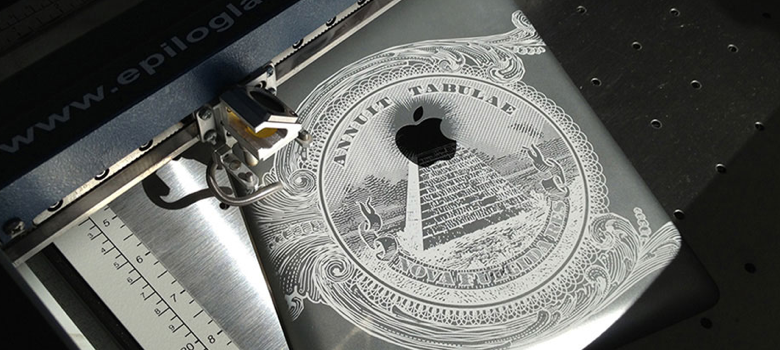
Materials for consumer-tech products are relatively limited. Most gadgets are created from engravable plastic, bare aluminum, anodized aluminum, or stainless steel. These materials all engrave well with a CO2 laser, but the mark that it produces can vary dramatically from one material to the other. The challenge lies in determining what type of material you’re working with.
Many of today’s high-tech plastics are so well engineered that they actually look and feel like metal. Luckily, stainless steel is easily identified and the other three materials are all engraved using similar speed and power parameters (high speed, low power), so whether it’s plastic or aluminum won’t impact how you set up your laser for engraving. The difference in all of these materials is how much contrast will be produced when they are engraved.
Bare aluminum and some plastics produce a “tone-on-tone” contrast. This contrast is subtle and is not nearly as eye-catching as anodized aluminum; but again, we luck out with high-tech gadgets because the tone-on-tone look is popular.
If you are looking for a darker, more apparent contrast mark than the tone-on-tone look, you can achieve it by working with bare aluminum. However, you must pre-treat the bare aluminum with a metal marking material. Items made of anodized aluminum need no pre-marking preparation.



